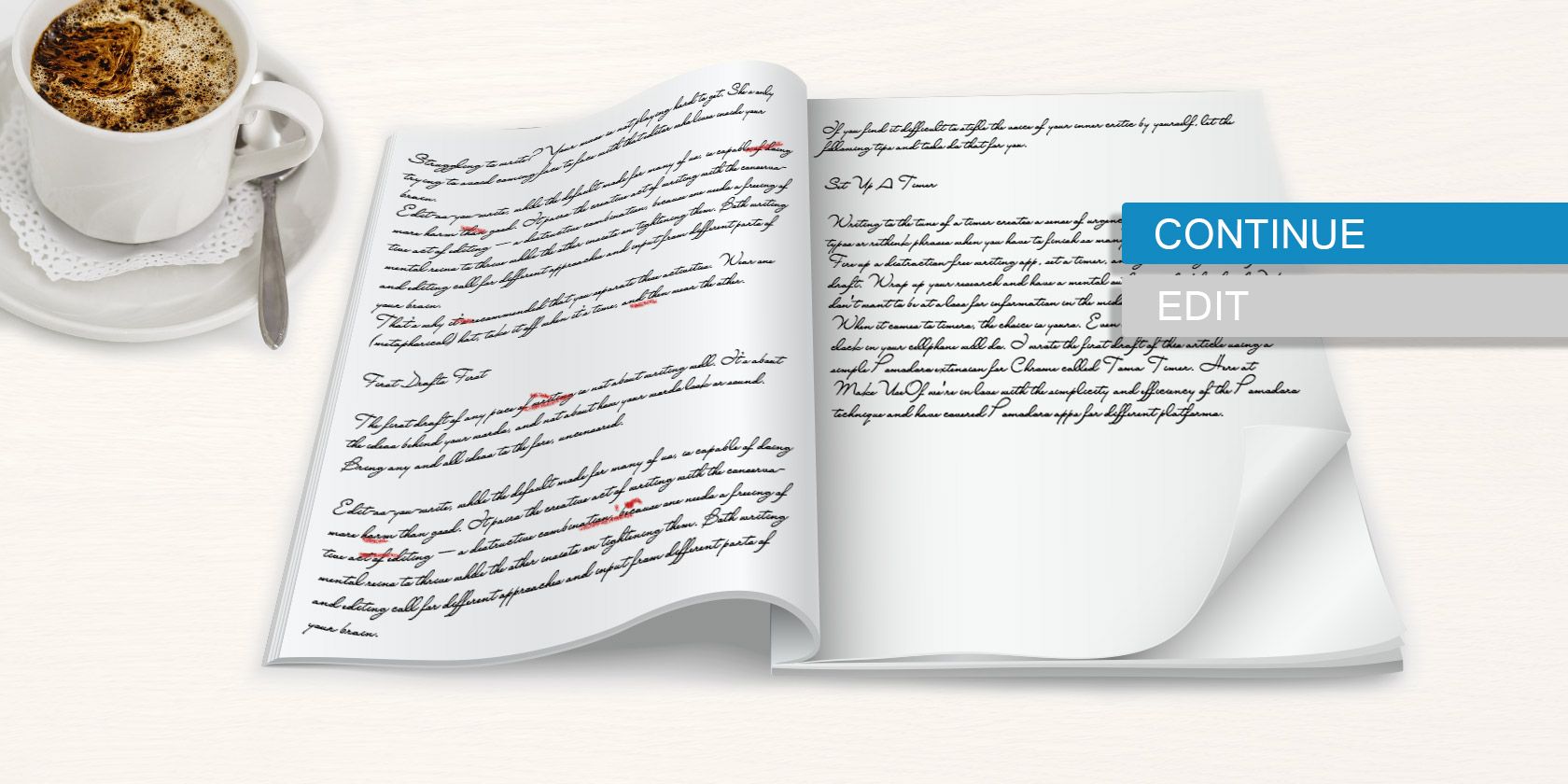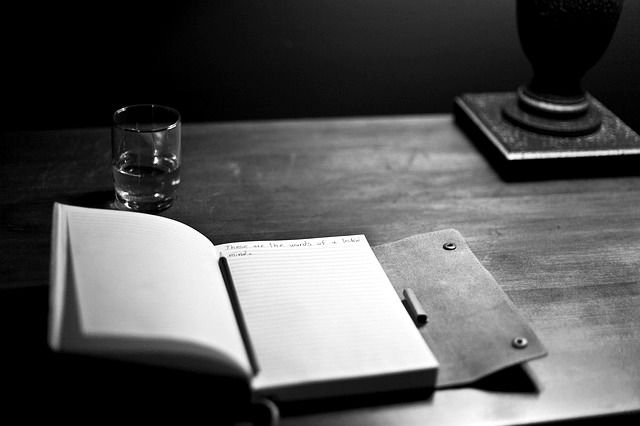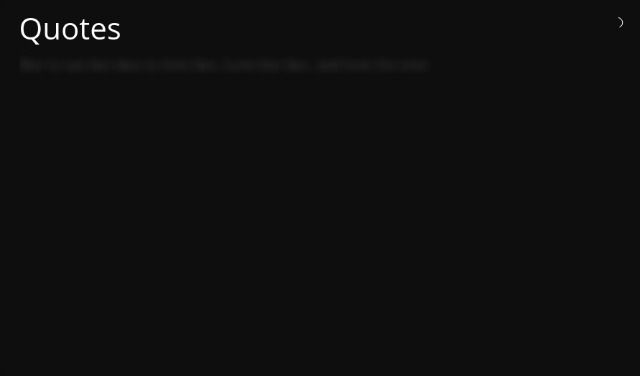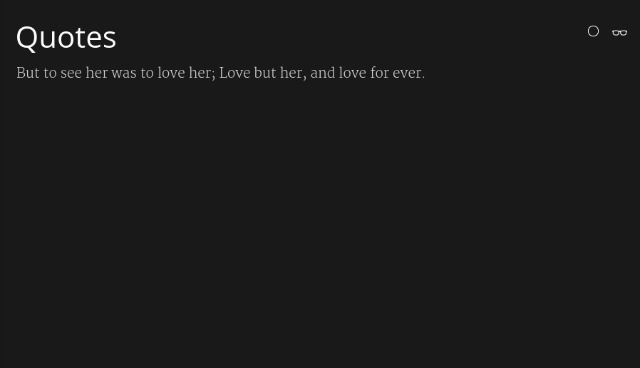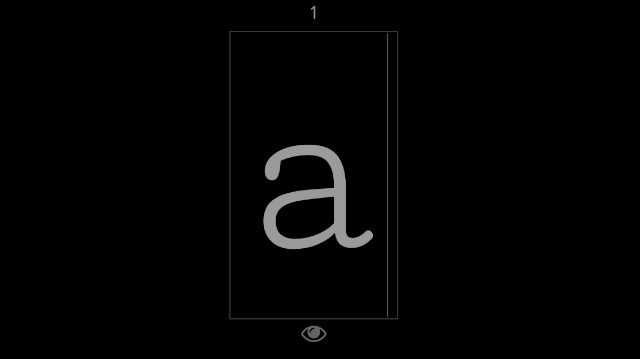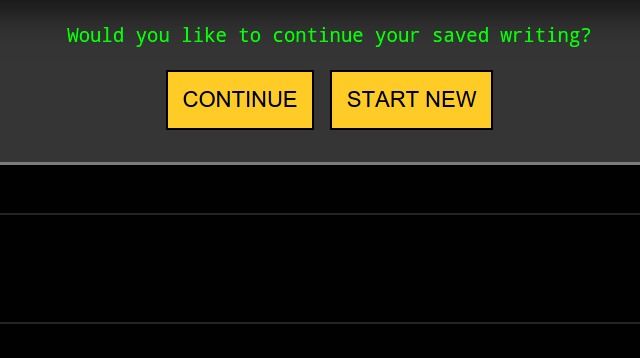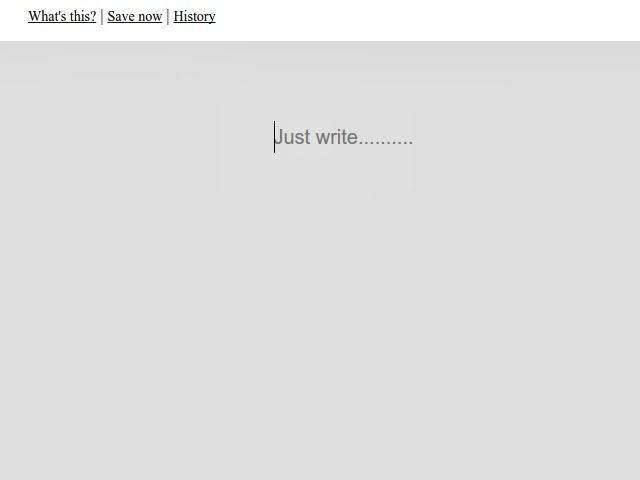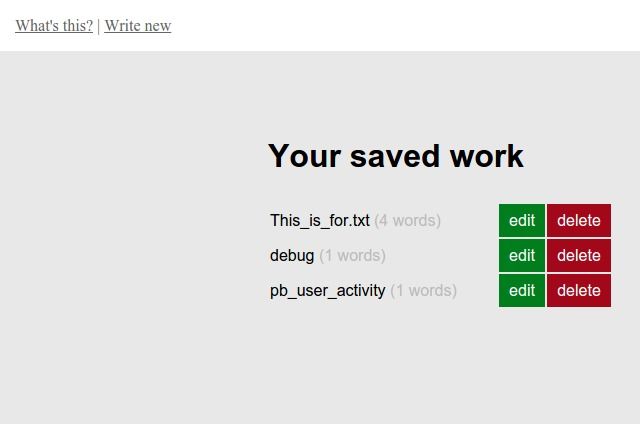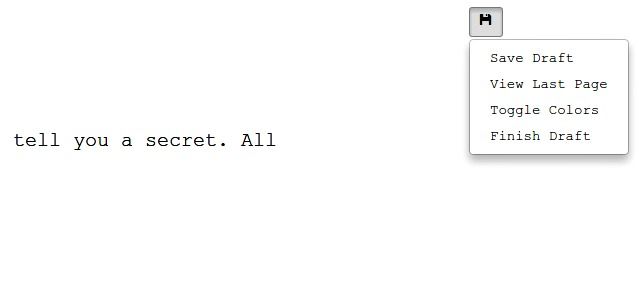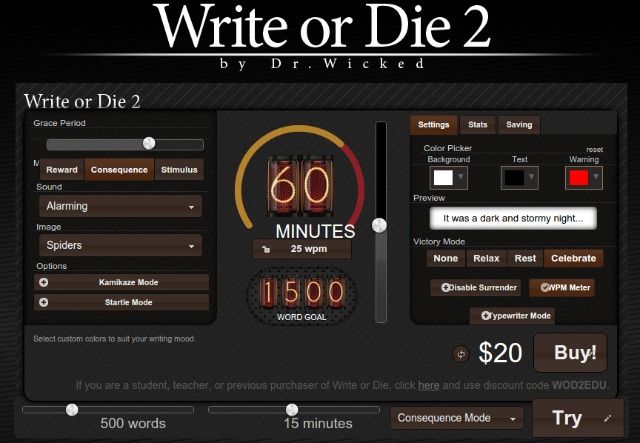Struggling to write? Your muse is not playing hard to get. She's only trying to avoid coming face to face with that editor who lives inside your brain.
Edit-as-you-write, while the default mode for many of us, is capable of doing more harm than good. It pairs the creative act of writing with the conservative act of editing — a destructive combination, because one needs a freeing of mental reins to thrive while the other insists on tightening them. Both writing and editing call for different approaches and input from different parts of your brain.
That's why it's recommended that you separate these activities. Wear one (metaphorical) hat, take it off when it's time, and then wear the other.
First Drafts First
The first draft of any piece of writing is not about writing well. It's about the ideas behind your words, and not about how your words look or sound. Bring any and all ideas to the fore, uncensored.
If you find it difficult to stifle the voice of your inner critic by yourself, let the following tips and tools do that for you.
Set Up A Timer
Writing to the tune of a timer creates a sense of urgency. There's no time to fix typos or rethink phrases when you have to finish so many words in so many minutes. Fire up a distraction-free writing app, set a timer, and get working on that first draft. Wrap up your research and have a mental outline ready beforehand. You don't want to be at a loss for information in the midst of your writing session.
When it comes to timers, the choice is yours. Even a kitchen timer or the alarm clock in your cellphone will do. I wrote the first draft of this article using a simple Pomodoro extension for Chrome called Toma Timer. Here at MakeUseOf we're in love with the simplicity and efficiency of the Pomodoro technique and have covered Pomodoro apps for different platforms.
Allow Yourself To Make Mistakes
Spelling mistakes, missing or erroneous punctuation, the wrong choice of word or phrase, etc. catch your eye instantly, even when you're making zero effort to look for them. The temptation to go back and correct these anomalies right away is strong. If you follow up on that instinct, you disrupt your flow and lose your train of thought, and you don't want that.
Before you begin to write, give yourself permission to make mistakes. Focus solely upon transferring what's in your mind to the canvas before you. The "fixing" part can come later. First drafts are never perfect and nor are they meant to be.
Don't Pick Up Where You Left Off
When you're writing in chunks or are working on something that's part of a whole, you tend to go back and skim through the latest blocks of text, editing things here and there. Only after that you turn your attention to writing the next chunk. This picking up where you left off creates more problems than it solves. It brings out that critical-thinking side of you once again — the one that forces you to wonder if what you're writing now is consistent with what you have written before. If it isn't, you're back to editing as you write to iron out the perceived inconsistencies.
It's best to begin with a blank page every time, every day, and deal with the flaws in your writing after you're done with it. Having sufficient gap between writing and editing is vital. It gives you fresh eyes and allows you to see your words from a new perspective.
Let An App Do The Dirty Work For You
Instead of using up your precious will power, hand over control of your writing to an app and do its bidding. Try one of the following edit-lock editors that can help break the editing-while-you-write habit. Their strategy is simple. They take away your editing privileges till you're done writing.
BlindWrite
What if you couldn't see what you were writing? I bet that would force your inner critic to shut up and let you write in peace. That's the idea behind BlindWrite, a simple text editor that gives you only a blank screen to work with. Of course, this method works only if you have a fair grasp of touch typing. Otherwise you'll end up with gibberish that will leave even your smart inner editor stumped.
When you open the app's Web page, it asks you to enter the topic you want to write about and the duration you want to write for. That's it. The screen stays blank even as you type. Don't worry. Your text is all there, hidden behind a barely visible veil of blurred gray. Once your time's up, all of the text becomes visible automatically and you can take stock of what you have written.
ilys
ilys found a mention as a simple edit-lock tool in Joel's post in 13 browser-based tools for writers. When you open the Web app, it asks you for a target word count. Set that and start writing in the box that comes up. Interestingly, in the writing mode, your text appears one character at a time, which takes a little getting used to at first.
You can view what you have written by clicking on the eye icon at the bottom of the box, but you can't edit a single word unless you have reached your target. Ony then you get access to the editing mode.
To learn more about the app, click on the What's ilys? dropdown at the bottom of the home page. If you like the app, keep an eye out for its Pro version, which is said to be in the works.
Earnest
The Earnest writing app takes its no-editing policy seriously. You can't edit a tiny bit of what you have written. Your writing is auto-saved every ten seconds. You can create multiple documents, and all of them get backed up to your computer locally, which means no signups are required.
Visit www.moreofless.co.uk/earnest and hit START WRITING to open the editor. The interface is minimal, which is just as it should be when you're intent only on getting words out onto the screen. A discreet grey background with a three-option menu and a word count indicator is all you'll see. You don't even need to enter a name for your document. It is automatically named after the first few words of your text. Your past documents are available in the History section.
First Draft
At first glance, First Draft appears as a stark naked page adorned only with a blinking cursor, a Save icon, and a tiny popup that politely reminds you that first drafts are shit anyway. What are you waiting for? Start typing.
At any given time, you can see only the latest ten lines of the document you are working on. Options like viewing the entire document, switching to a dark background, and saving your draft are available in a dropdown menu hidden within the floppy disk icon at the top right.
Your draft is made available for editing in Google Docs when you hit Finish Draft. The good news is that your text is not locked into Google Docs. If you don't own a Google account, you can just edit the text within the open document and either download it in a suitable format or copy-paste it into a text editor of your choice. In any case, your documents are backed up in your browser.
If you need something more feature-rich than the apps listed here and are willing to spend some cash, the Windows/Mac/Linux app Write or Die 2 is worth checking out. It takes a personalized rewards-or-consequences approach to ensure that your writing sessions are productive.
Keep The Editor Out, For Now
The muse versus critic battle holds good for any creative activity. At the fluid, idea-gathering stage, the muse deserves to win. Give her the advantage by making the critic powerless. In the case of writing, that means putting words to screen without fiddling with facts, style, or presentation, to get the first (guaranteed to be bad) draft out of the way. Now go tackle NaNoWriMo or some personal writing challenge, minus your inner critic of course.
Do you edit while you write? If not, how do you keep yourself from doing that? Share your tips in the comments.
Image Credits: Open magazine Via Shutterstock

